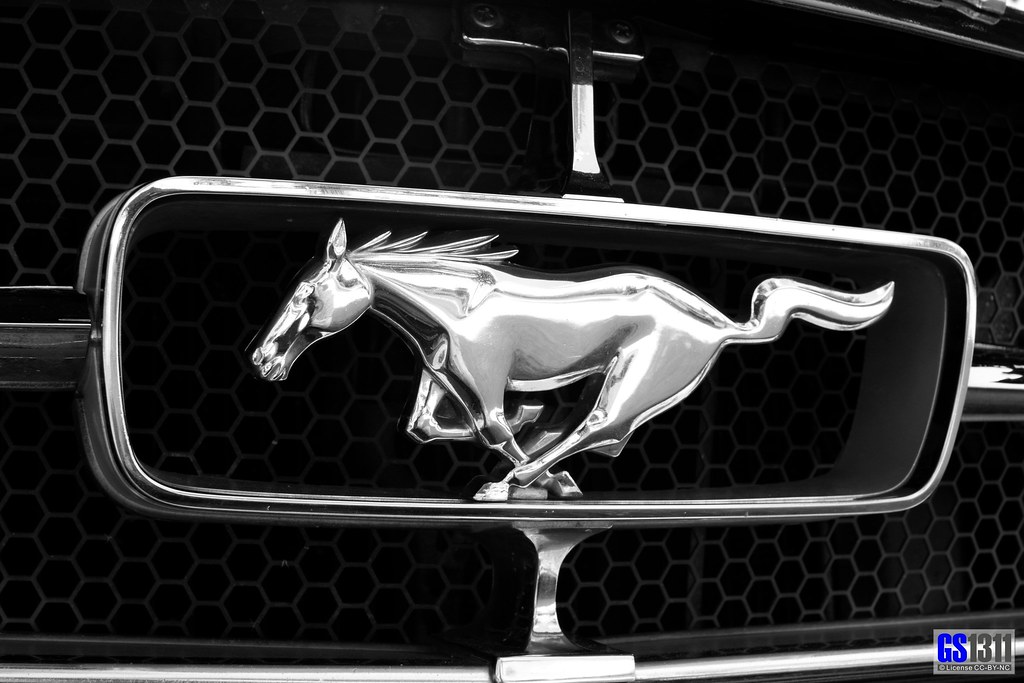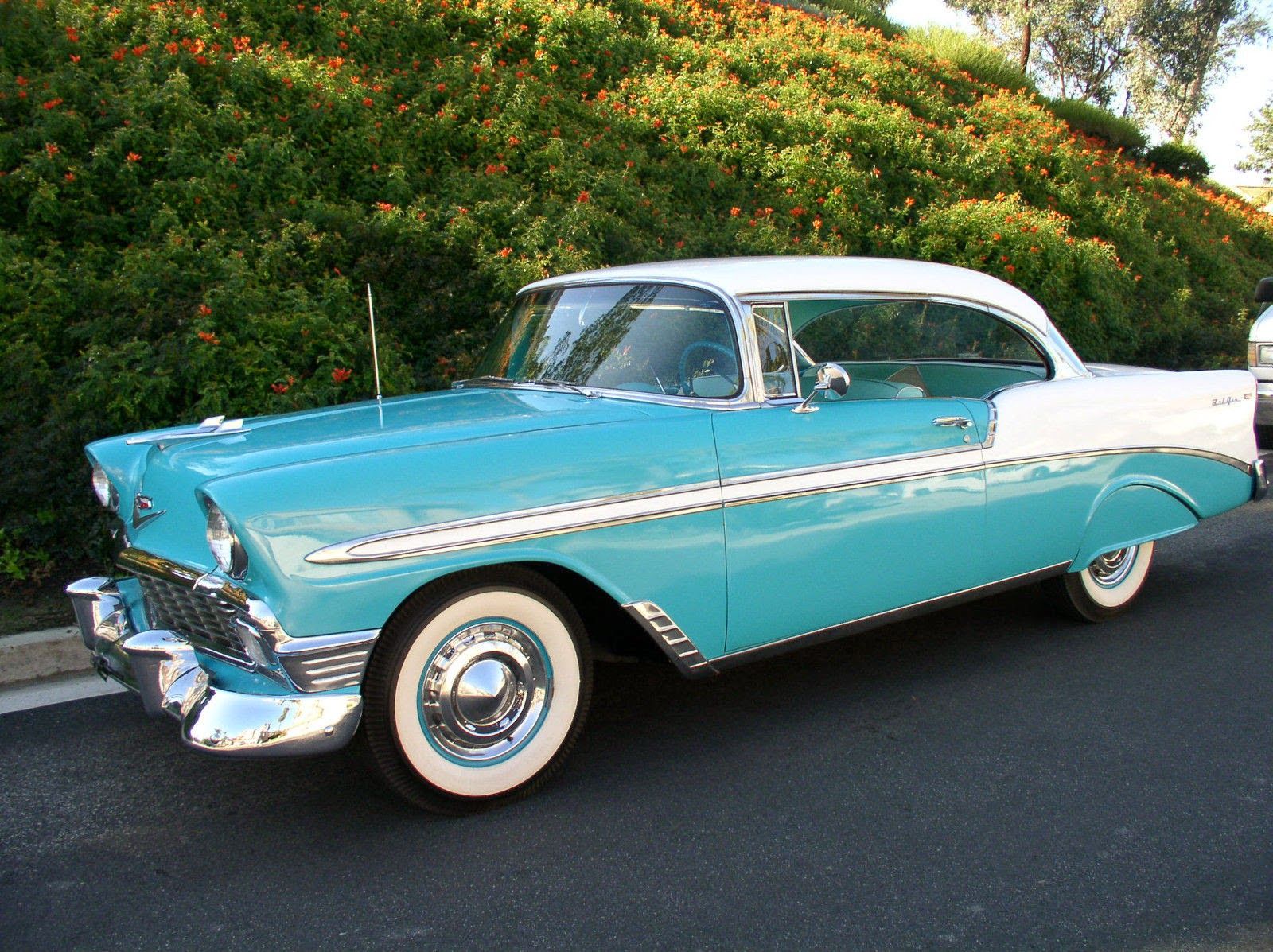
Listen up, fellow gearheads and everyday drivers alike: while the dream of a car lasting 400,000 or even 500,000 miles is a beautiful one, the harsh reality is that many vehicles out there are designed, or perhaps simply destined, to become nothing short of money pits long before they hit that century mark. We’re talking about cars that look great on paper, boast a compelling spec sheet, or perhaps even hold a nostalgic place in your heart, only to turn around and ruthlessly drain your bank account after the odometer ticks past 100,000 miles. It’s a sobering thought, but one every prospective car owner needs to confront head-on.
Spending tens of thousands for a vehicle, whether it’s a shiny new model or a well-loved used one, is a significant investment. But here’s the kicker: forking over a ton of money on maintenance and repairs, especially for a make and model notoriously known for being unreliable, is an entirely different beast. That’s where the real pain begins, the kind of financial bleeding that can turn a seemingly smart purchase into a regret-fueled nightmare. We’re here to shine a harsh light on these automotive traps, because forewarned is, quite literally, forearmed in the battle against mechanical misery.
So, if you’re in the market, or even just casually dreaming of your next ride, it’s absolutely crucial to conduct your research. Don’t be swayed solely by aesthetics or initial price tags; dig deeper into the long-term ownership costs, because what starts as a bargain can quickly escalate into a basket case on four wheels. Today, we’re pulling back the curtain on fifteen vehicles that are notorious for secretly becoming financial black holes, starting with a crucial first seven that demand your immediate attention.
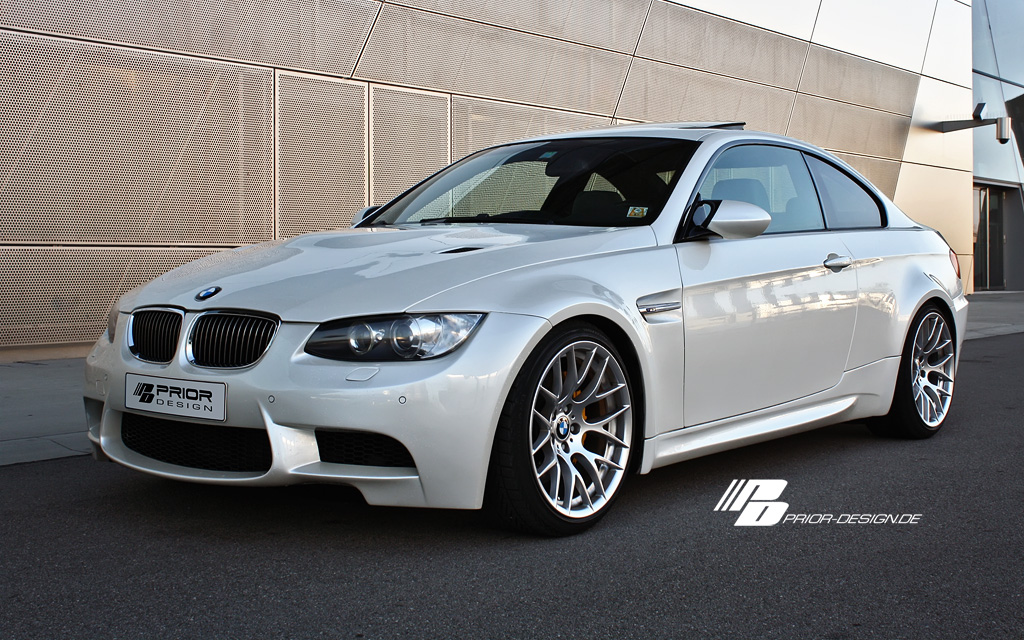
1. **BMW 3 Series**: Ah, the BMW 3 Series. It’s a name synonymous with luxury, performance, and that undeniable German engineering pedigree. For years, these cars have been the benchmark for premium compact sports sedans, offering a driving experience that’s both engaging and refined. They promise premium creature comforts, a performance-oriented driving style, and a build quality that feels robust and reassuring right off the lot.
However, let’s get real for a moment. That halo of performance and luxury often comes with an expiry date, and it typically arrives with the relentless precision of a German train schedule right around the 100,000-mile mark. Don’t go into ownership expecting anything less than wallet-draining repairs once that six-figure milestone appears on the odometer. This isn’t just speculation; it’s a cold, hard fact many owners learn the hard way.
Among the flaws that might leave you with a severe case of buyer’s remorse are notoriously common engine problems, electrical gremlins that defy logic, and coolant leaks that seem to sprout from nowhere. These aren’t minor fixes; they’re the kind of issues that require specialized parts, skilled labor, and an open checkbook. The dream of BMW ownership can quickly devolve into a nightmare of endless workshop visits and astronomical bills.
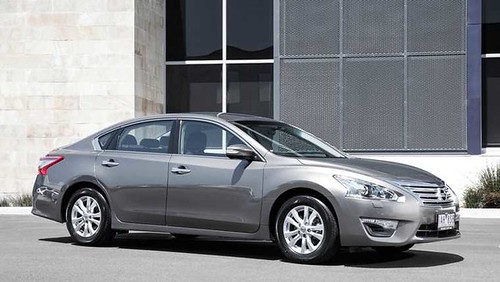
2. **Nissan Altima**: The Nissan Altima, for many, represents the epitome of a sensible, midsize sedan. It’s widely known for its strong list of safety features, offering peace of mind for families, and a comfortable interior that makes daily commutes tolerable. On the surface, it appears to be a solid, reliable choice for those seeking practical transportation without breaking the bank on the initial purchase.
But here’s the unvarnished truth: the Nissan Altima harbors a deep, fundamental flaw that consistently turns it into a financial sinkhole. Its Achilles heel, the single point of failure that can torpedo your budget, is the continuously variable transmission, or CVT. This isn’t just a minor design quirk; it’s a major systemic problem that has plagued multiple generations of the Altima.
If you’re out there scouring the used vehicle market, let this be your definitive warning: avoid an Altima with a CVT at all costs. While the car itself might seem like a steal, the inevitable failure of that transmission unit will quickly erase any perceived savings, often demanding a repair or replacement cost that can easily exceed the car’s market value. It’s a gamble you simply cannot afford to take.

3. **Land Rover Discovery**: The Land Rover Discovery. It conjures images of rugged capability, luxurious interiors, and cutting-edge technology, all wrapped up in a package designed for both the urban jungle and the actual one. These SUVs are undeniably appealing, offering a unique blend of adventure-ready prowess and opulent comfort. They look the part, and they certainly talk a good game with their impressive feature lists.
However, there’s a widespread joke among the automotive community, and it’s rooted in a painful reality for many owners: Land Rover has, for decades, been in the business of turning regular, ordinary folks into highly experienced DIY mechanics. This isn’t a badge of honor; it’s a symptom of chronic unreliability, a reputation that has been earned through countless hours of wrenching and cursing.
While the Discovery may shine brightly in its early years, the problems start to grow exponentially and relentlessly as the SUV nears the 100,000-mile mark. What begins as minor quirks quickly escalates into a cascade of electrical failures, suspension issues, and engine problems that require deep pockets and saintly patience to rectify. This isn’t a vehicle for the faint of heart or the light of wallet.
4. **Fiat 500 (and Abarth)**: There’s no denying the Fiat 500’s charm. It’s a small car that boasts a quirky, distinctive style and surprisingly responsive handling, making it a joy to zip around city streets. It’s got personality in spades, a veritable dose of Italian flair in a compact package that makes you smile. For a certain segment of drivers, its unique character is simply irresistible.
But let’s be brutally honest: that undeniable charm and responsive handling might not be nearly enough to overcome its rather significant shortcomings as the odometer reaches the dreaded 100,000-mile threshold. Beneath the cute exterior lies a propensity for a host of mechanical and electrical headaches that can quickly turn smiles into exasperated sighs and empty bank accounts. It’s a classic case of style over substance when it comes to long-term reliability.
Common issues reported by owners include frustrating fuel leaks, a noticeable degradation in brake performance, and even faulty seatbelts – issues that directly compromise safety and reliability. Add to that electronic power steering problems and persistent oil leaks, and you have a recipe for a truly frustrating ownership experience. And if you thought the standard 500 was temperamental, consider the Abarth. While undeniably fun when it runs properly, that’s about the best thing that can be said about it, as electrical system issues have plagued many Fiat models, and the Abarth, pictured, is notoriously the most temperamental of them all.
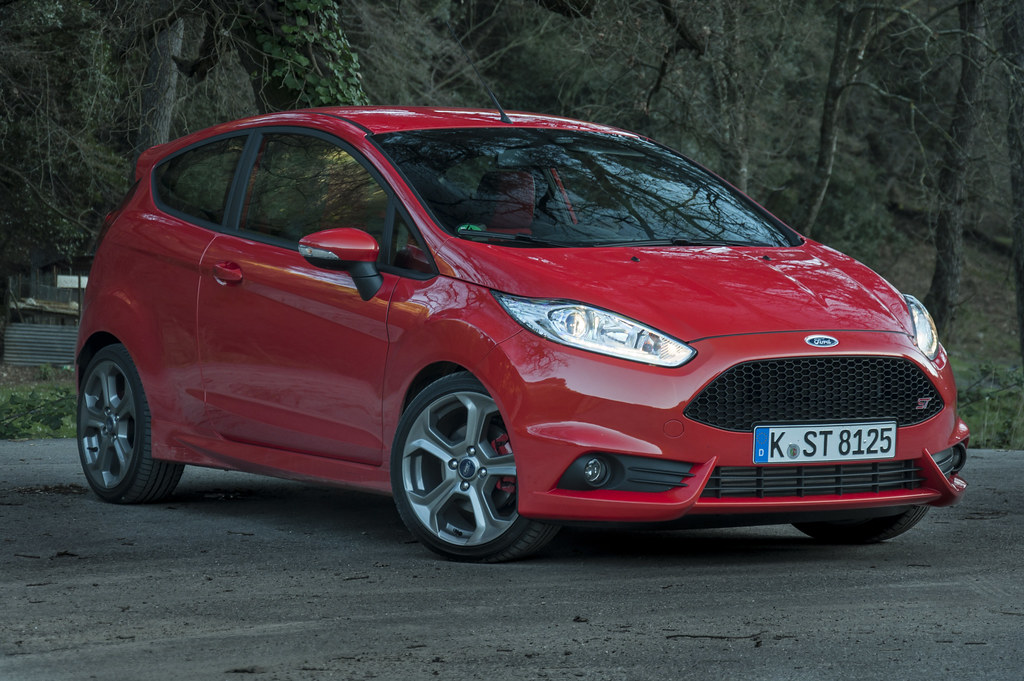
5. **Ford Fiesta**: The Ford Fiesta, especially in its earlier iterations, carved out a niche for itself as a sensible and economical compact car. It was lauded for its commendable fuel economy, making it a favorite for commuters, and offered smooth handling that made it quite enjoyable to drive around town. For many, it represented a practical, affordable entry into car ownership, promising efficiency without too much fuss.
However, like many vehicles in this grim lineup, the Fiesta has a darker side. While its initial appeal is clear, there are some significant cons that rear their ugly heads as the car approaches the six-figure mark on the odometer. These aren’t just minor inconveniences; they’re the kind of systemic failures that can rapidly erode any perceived value or savings you might have gained.
Chief among these are persistent electrical and transmission problems. These are not only costly to diagnose and repair but can also severely impact the car’s drivability and safety. What starts as a frugal choice can quickly become a financial burden, as you find yourself facing repair bills that far outweigh the car’s modest market value. It’s a harsh reminder that sometimes, what seems like a good deal upfront can hide a mountain of expenses down the road.

6. **Chevrolet Cobalt**: The Chevrolet Cobalt is a car that exists in a strange paradox of reliability. While it’s true that some of the more recent model years have been kinder to Chevrolet Cobalt owners, offering a somewhat more robust ownership experience, the stark reality is that you absolutely want to avoid some of those earlier model years. This isn’t just a suggestion; it’s a direct warning to protect your wallet from a world of hurt.
Owners of these problematic early models frequently complain about a litany of issues, particularly concerning the fuel system and steering. These aren’t minor quibbles; these are fundamental components of a vehicle that, when compromised, can lead to dangerous situations and incredibly expensive repairs. It’s a stark reminder that not all model years are created equal, especially when it comes to the Cobalt.
So, while it might tempt you with decent gas mileage, comfortable seats, and a pleasing sound system, don’t be fooled by the surface-level comforts. The cold, hard truth is that your wallet will get thinner, and rapidly so, as the miles accumulate on these earlier Cobalt models. It’s a classic example of a car that quietly, relentlessly, and very expensively eats away at your financial stability.
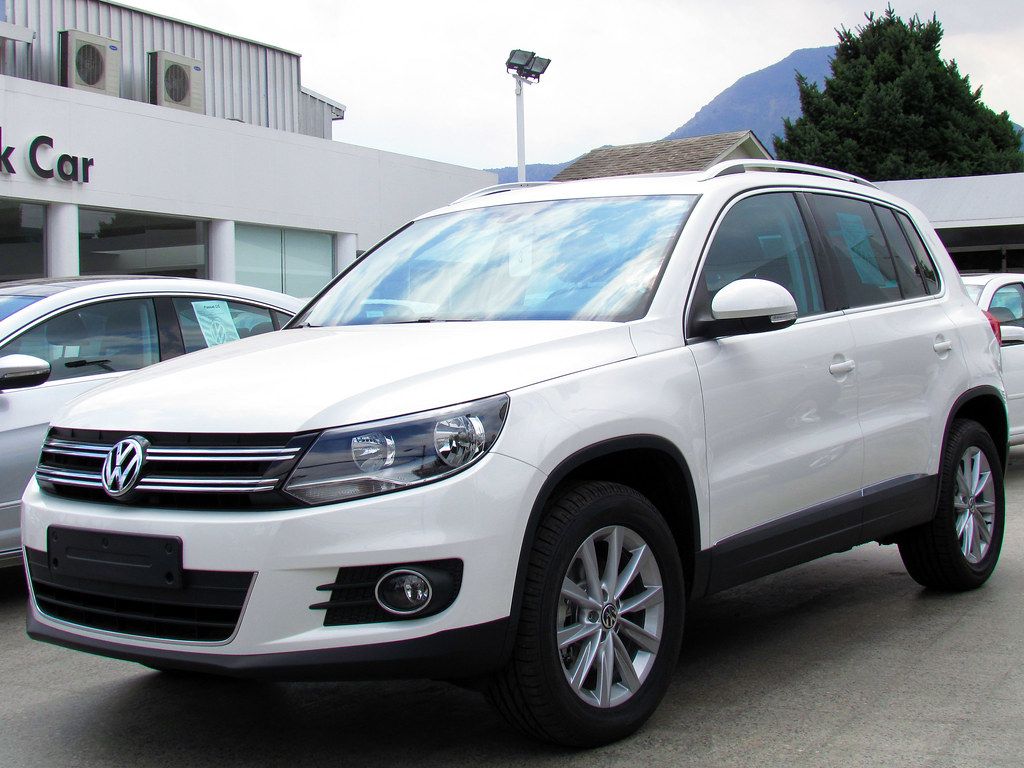
7. **Volkswagen Tiguan**: The Volkswagen Tiguan occupies a curious space in the compact SUV segment. Initially, it often presents itself as a stylish and practical European alternative, promising a certain level of refinement and driving dynamics. However, if you look at modern assessments, even the 2024 Volkswagen Tiguan receives a rather dismal 3.0/5.0 reliability rating from RepairPal.com, putting it squarely in last place out of 26 compact SUVs. That’s hardly a ringing endorsement for long-term dependability.
But the real cause for concern, the truly wallet-draining secret, lies with earlier models. This is where the Tiguan truly distinguishes itself as a money pit. The fundamental problem, one that consistently plagues owners and empties bank accounts, is that these earlier Tiguan models usually develop severe transmission problems after reaching the 100,000-mile mark. This isn’t a rare occurrence; it’s a systemic flaw.
Replacing or rebuilding a transmission is not a cheap endeavor. It’s a major mechanical failure that can cost thousands upon thousands of dollars, far exceeding the car’s depreciated value. So, while the Tiguan might seem like a solid family hauler or a stylish urban cruiser, its Achilles’ heel in the form of a fragile transmission makes it a prime candidate for our list of automotive financial nightmares. Look elsewhere if you want an SUV that won’t suddenly demand a second mortgage for repairs.
Building on our dire warnings, it’s time to peel back the layers on the next batch of automotive nightmares, the kind of cars that seem perfectly reasonable on the surface but are secretly engineered to drain your bank account. These aren’t just minor irritations; we’re talking about fundamental flaws that turn what you thought was a smart purchase into a regret-filled saga of repair bills. Get ready for eight more vehicles that deserve a wide berth, especially as they cruise past that psychological 100,000-mile mark.
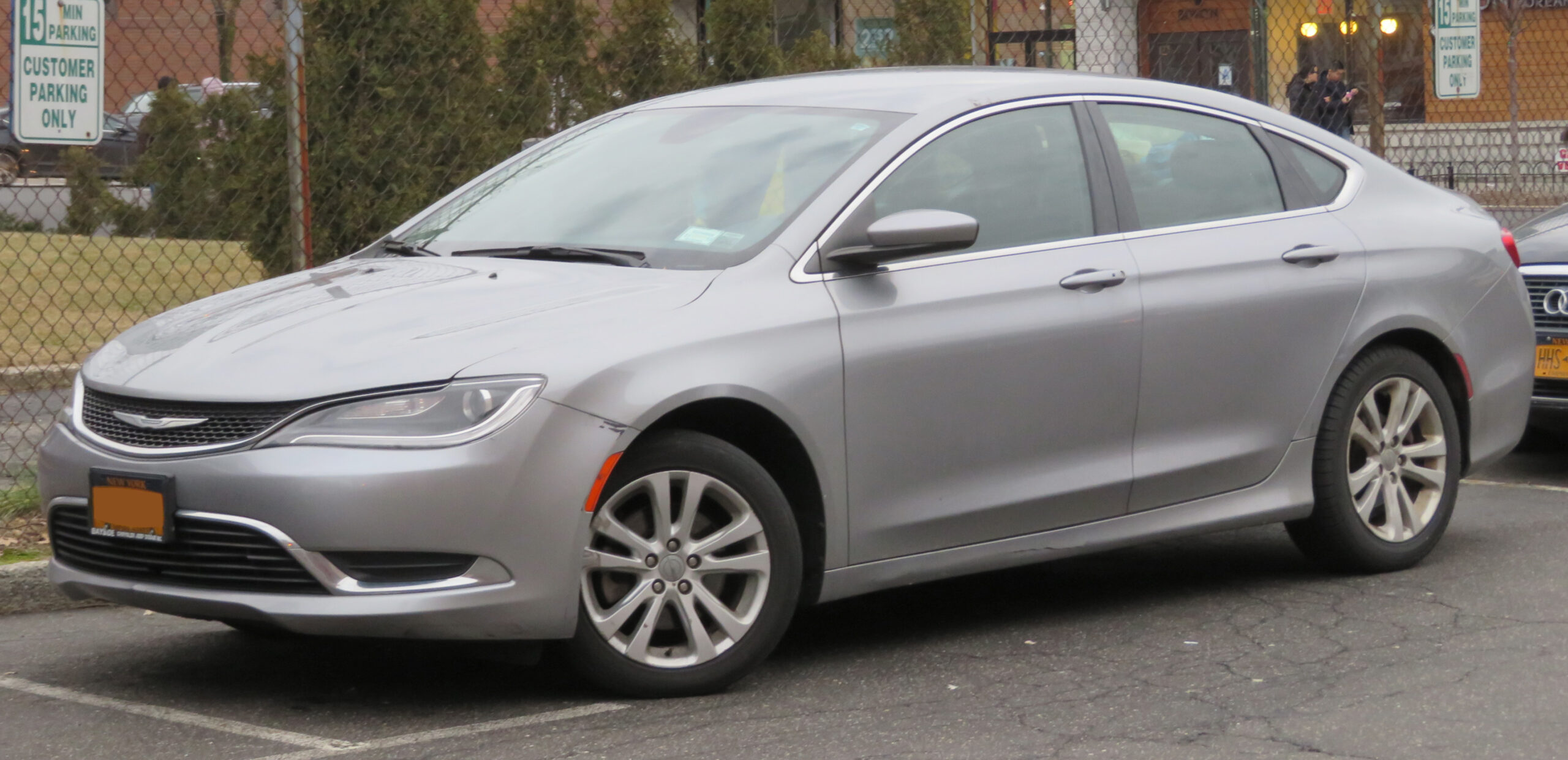
8. **Chrysler 200**: The Chrysler 200, for many, was a beacon of sensible midsize sedan ownership, offering decent fuel economy in a package that seemed, well, utterly unremarkable yet functional. It was the kind of car you’d pick for its perceived practicality, a no-frills commuter that got the job done without shouting about it. On paper, and for the first chunk of its life, it might have even fooled some into thinking it was a reasonable choice.
But here’s the cold, hard truth: that modest demeanor quickly gives way to a ravenous appetite for your hard-earned cash once the odometer ticks closer to 100,000 miles. What was once ‘good on fuel’ rapidly transforms into ‘good at consuming repair funds,’ often leaving owners with a profound sense of buyer’s remorse. It’s not just a car that might have problems; it’s a car that consistently and predictably develops them.
The problem areas are depressingly familiar and critically expensive: the transmission, the electrical system, and the engine. We’re not talking about easily overlooked minor quirks; these are the core components that dictate whether your car moves, charges, or even starts. When these critical systems begin to fail, the costs associated with diagnosis and repair aren’t just substantial; they’re often eye-watering.
Ignoring these issues isn’t an option, as they affect everything from reliability to safety, turning a daily driver into a constant source of stress. So, while it may offer an initial bargain, the Chrysler 200, particularly as it ages, is a classic example of a vehicle whose true cost of ownership is hidden deep within its repair shop invoices.
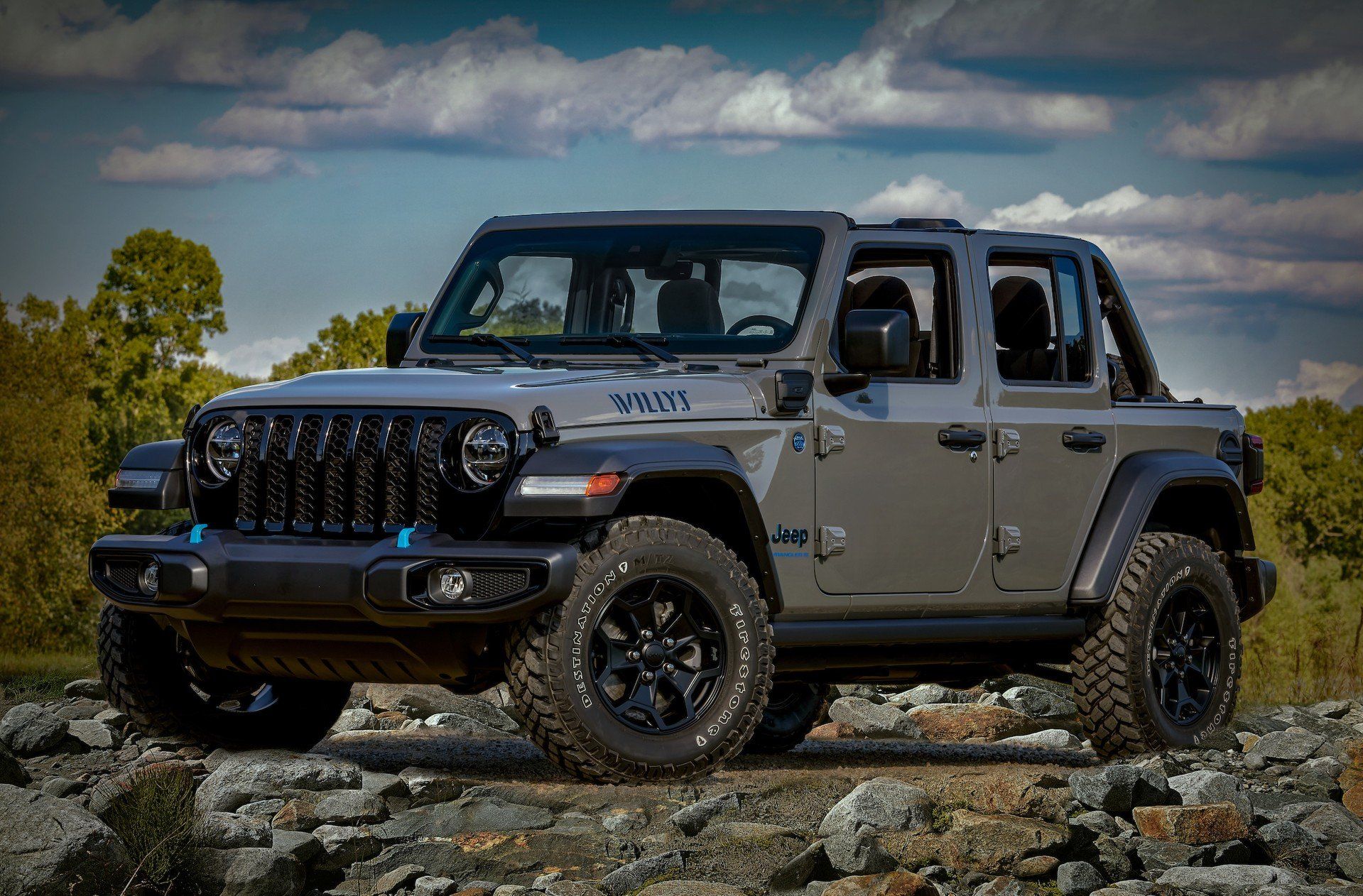
9. **Jeep Wrangler**: Ah, the Jeep Wrangler. It’s an icon, a symbol of rugged freedom, off-road prowess, and adventurous spirit. For enthusiasts, it’s not just a vehicle; it’s a lifestyle, beloved for its go-anywhere capability and unmistakable design. You see one, and you immediately think of conquering trails, splashing through mud, and venturing where lesser vehicles fear to tread.
However, even legends have their Achilles’ heels, and for the iconic Wrangler, that vulnerability often reveals itself with brutal clarity once it crests the 100,000-mile mark. That same rugged construction, designed to take a beating off-road, can sometimes become a source of significant, wallet-emptying headaches when components designed for extreme use start to wear out from… well, extreme use. Or even just regular use.
The specific issues that plague the Wrangler after its century milestone hit particularly hard at its core identity: suspension and steering problems. Imagine being deep on a trail or just navigating a pothole-ridden urban street, only to be faced with steering components that decide they’ve had enough or a suspension system that feels more like a broken trampoline. These aren’t minor fixes you can ignore.
Repairing these critical systems, especially on a vehicle known for its specialized components and often modified nature, can be staggeringly expensive. It’s a cruel twist of fate for a vehicle designed for durability that its long-term reliability in these crucial areas can be such a persistent financial drain. If you’re buying a used Wrangler, factor in the likelihood of these major overhauls.
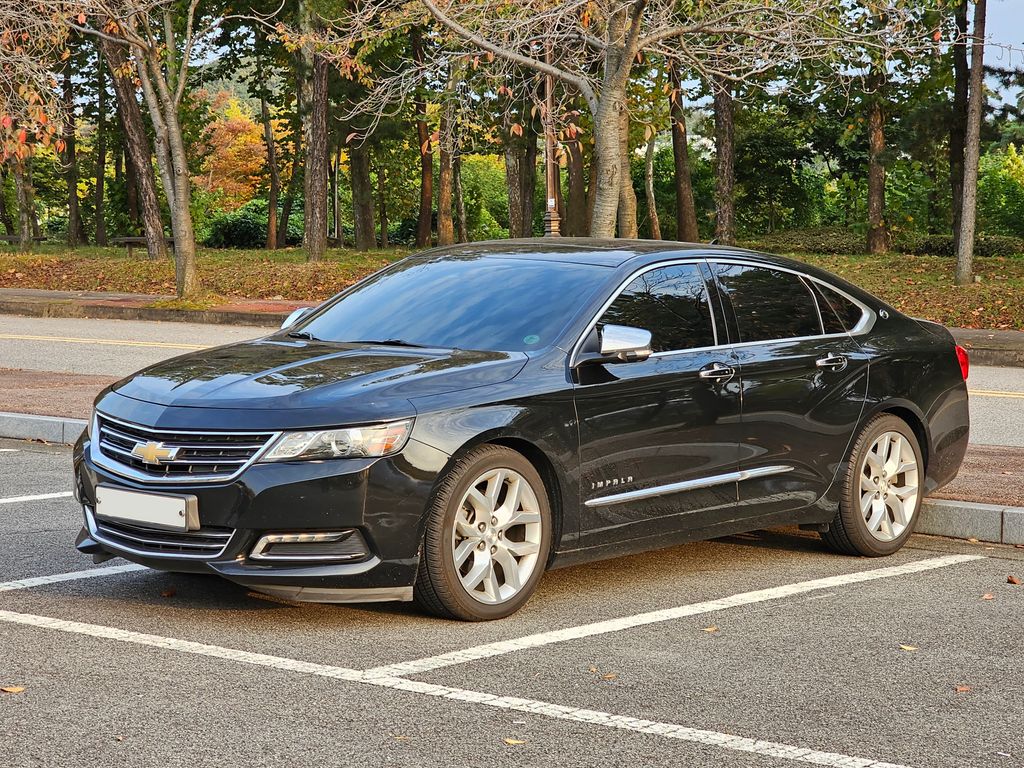
10. **Chevrolet Impala**: The Chevrolet Impala. For decades, it’s been a staple on American roads, often serving as a reliable family sedan or a workhorse for fleets. It’s the kind of car that, for many, embodies straightforward, no-nonsense transportation, promising comfort and predictability without much fuss. Initially, it might even deliver on that promise, quietly racking up the miles with minimal complaint.
But don’t let that initial stoicism fool you. Once the Impala starts nearing that dreaded 100,000-mile benchmark, it has a rather unfortunate tendency to transform from a dependable daily driver into a relentless source of frustration and expense. This isn’t just about small, annoying fixes; we’re talking about a cascade of problems that can quickly make ownership feel like a punishment rather than a convenience.
Among the litany of troubles are severe issues like transmission failure and excessive oil consumption. A failing transmission is a death knell for most vehicles, demanding a repair bill that often rivals the car’s depreciated value. And excessive oil consumption? That’s a clear sign of an engine that’s working far harder than it should, foreshadowing even more catastrophic failures down the road.
Beyond those major drivetrain woes, owners frequently report persistent heater issues, making winter commutes utterly miserable, and power lock malfunctions, which are not only inconvenient but also a security risk. The Impala, once a symbol of American automotive reliability, regrettably earns its spot on this list by becoming a consistent drain on your patience and your pocketbook.
The lesson here is crystal clear: rigorous maintenance can only do so much when a vehicle is inherently prone to major mechanical or electrical breakdowns. Don’t be that driver who learns the hard way. Do your homework. Dig into the real-world ownership costs, because what seems like a steal on the lot can quickly become a relentless financial drain in your driveway. Your bank account—and your sanity—will thank you for looking elsewhere for a car that truly offers reliable service, mile after hard-earned mile.

